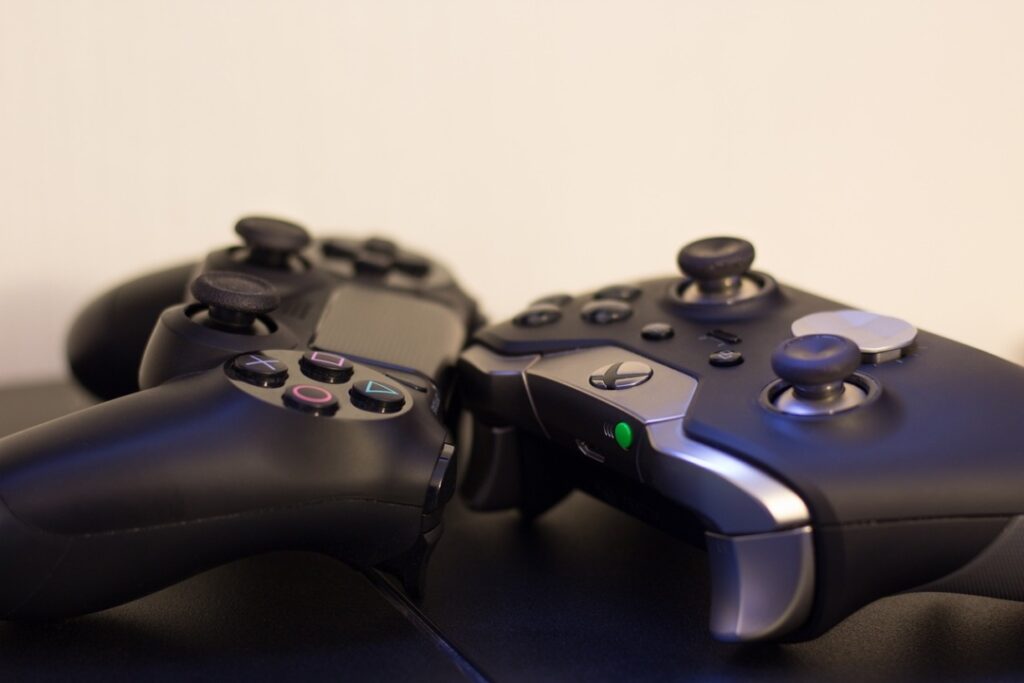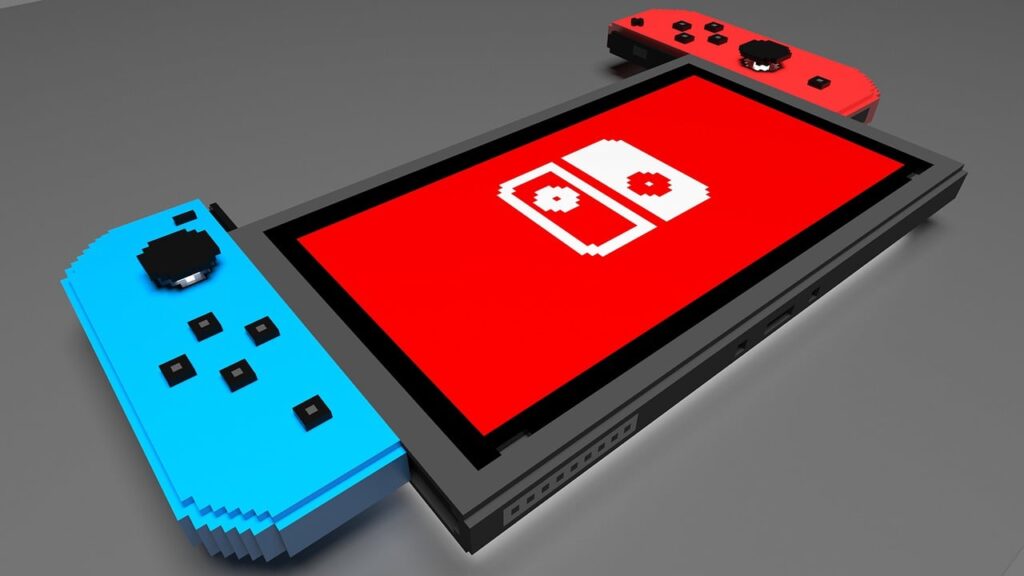Image by Edwin Bejarano from Pixabay
In the early days of consoles, each system was a completely different beast. Whether looking at the power differentials of the SNES and Genesis/Mega Drive, or the vastly different video outputs of the PlayStation 1 and Nintendo 64, each platform essentially had its own signature. People who grew up in those days can often tell which system a game was on by a simple screenshot, but this is rarely the case today.
Today, smaller hardware leaps and a greater emphasis on efficient design have created a situation where consoles are largely homogenous. The only real difference can be seen in handheld systems like the Nintendo’s Switch, which can fall behind as less powerful than its contemporaries. Even in this instance, there is more of a decrease in resolution and frame rate than any profoundly different hardware combination.
Given these similarities which only promise to become more common in the future, we have to ask, how will the coming generations of systems set themselves apart? Will gaming ever return to how it used to be, and what will it mean for the experiences of tomorrow?
The Decline of Exclusives
With basic hardware architecture fundamentally similar between the systems, it’s up to the games to step up and provide a real appreciable difference to draw players in. Today, it’s only really Nintendo that keeps its games truly exclusive, which is part of the reason Nintendo fans are so dedicated to its platforms.
The latest generation had Microsoft launch the Series X and S without any exclusive first-party games. For anyone focused on the games first, this made the Xbox system a questionable choice, especially if players owned a gaming PC. If it was expensive and unnecessary to buy the new series, why would players bother?
Sony hit a middle ground between its two competitors, with its exclusives being largely time-based. Though some games and series launched on PlayStation initially, these games would eventually be ported to PC for re-releases. These re-releases are designed to help recuperate ballooning development costs, while at the same time decreasing the need for patient PC games to purchase a PlayStation console.
All About the Infrastructure
While Nintendo has exclusives and mobile accessibility that sets it apart for some users, the big decider for most players today comes down to each platform’s infrastructure. This is where subscription services, online support, and user experience come into play. It’s also where Nintendo can fall behind, while Sony and Microsoft borrow ideas from other industries.
This form of competition, while still relatively new in video games, has already stood out for years in the landscape of online casino games. Features like a casino welcome offer with deposit matches and free spins, specific mobile design and large game libraries have been a key part of the iGaming industry for decades. It could be that consoles might be influenced by services like these, in order to provide greater player choice.

The issues and challenges that video games now face are only going to become more pronounced as the years go by. In each generation, the differences between the platforms shrink, and the consoles have to find new ways to stand out and shake things up.

Hi! I’m Bryan, and I’m a passionate & expert writer with more than five years of experience. I have written about various topics such as product descriptions, travel, cryptocurrencies, and online gaming in my writing journey.






